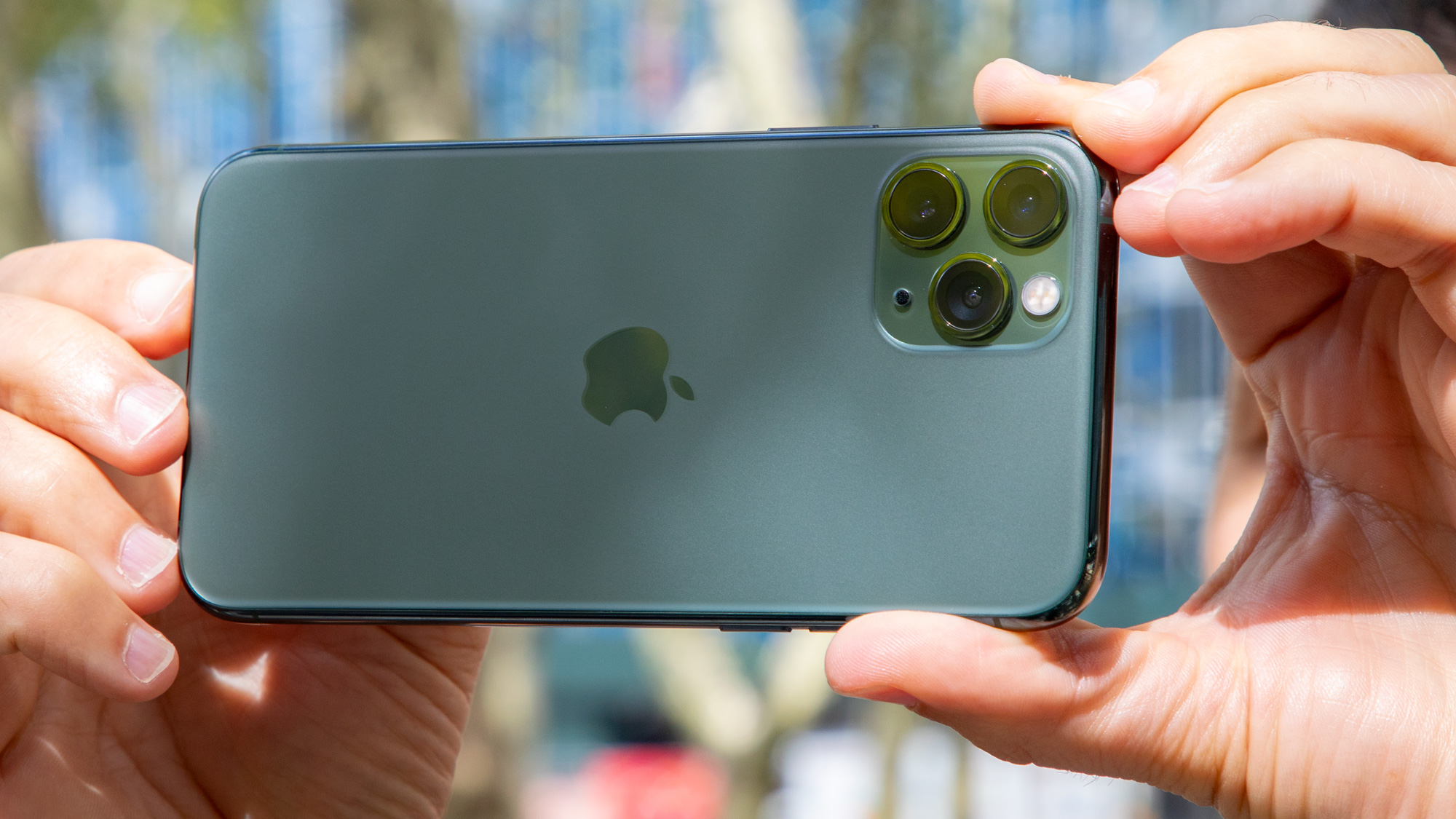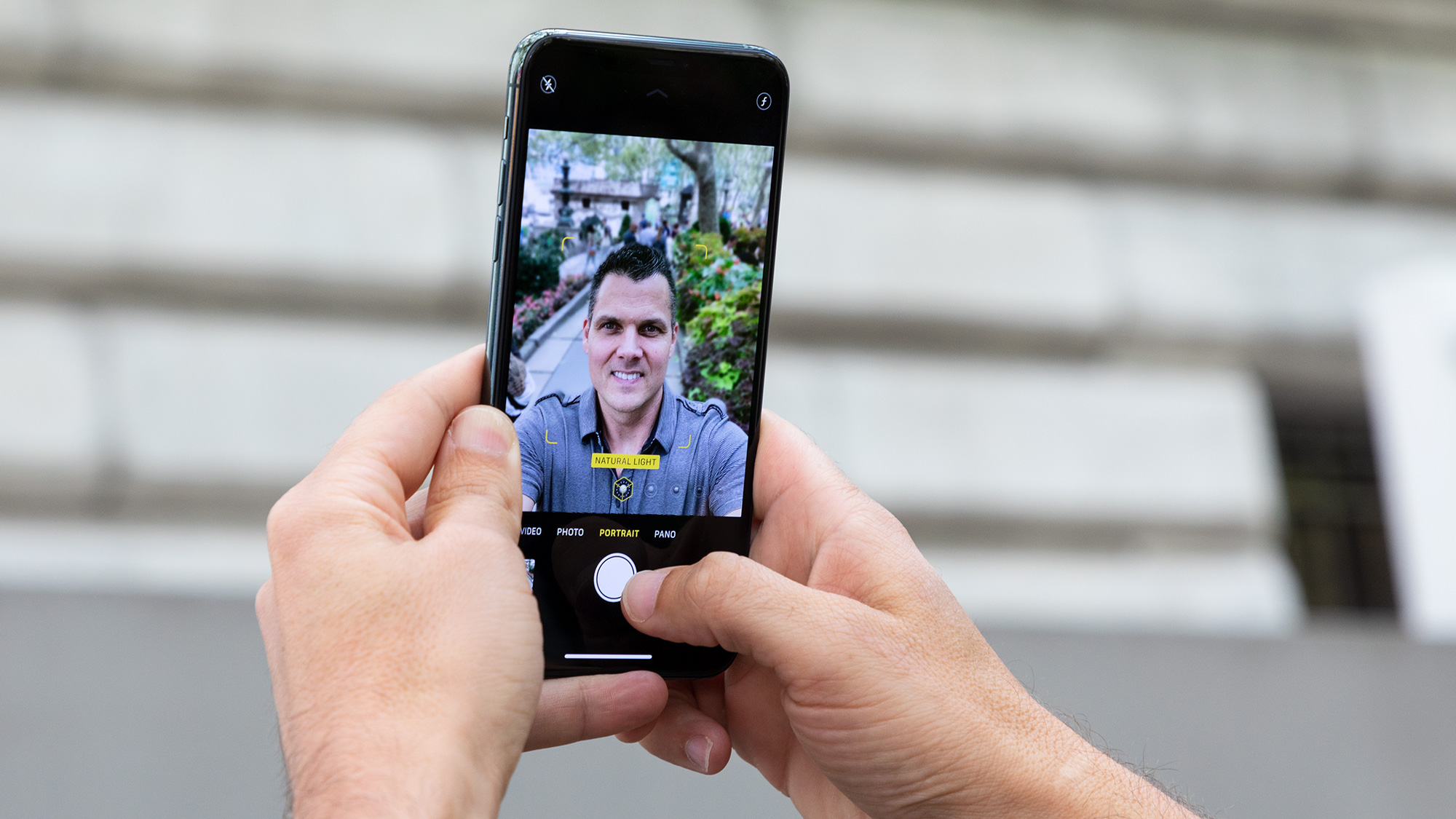The iPhone 11 Is the Best Low-Light Camera Phone We've Ever Tested

You have to hand it to Apple. Topping Google and Samsung's recent progress in computational photography was a tall task, but with the iPhone 11, iPhone 11 Pro and iPhone 11 Pro Max, Cupertino's done just that.
We have tested all three of Apple's 2019 iPhones, and we've found they capture the finest low-light shots of any smartphones on the market today. A lot of that has to do with Apple's new Night Mode — a new feature debuting on these handsets that applies a process similar to the one utilized by Smart HDR to optimize photos taken in dim conditions.
But it's about more than Night Mode. Thanks to another new breakthrough Apple calls Semantic Rendering, the new iPhones intuitively know that different objects, subjects and surfaces should be be treated differently, and not exposed in the same fashion. For example, when snapping a portrait, the camera software won't dull highlights or smooth details in skin tone quite as strongly as it might for the subject's surroundings.
The upshot of this is a camera that is smarter than the sum of its optics and image sensors; a camera that is built to adapt to every situation, based on an understanding of what separates great nighttime photos from bad ones. And because all new iPhone models feature the same primary 12-megapixel wide-angle lens, you'll get the same high-quality shots in those trickiest of photo ops, no matter whether you opt for the triple-lens Pro models or the less-expensive, dual-camera iPhone 11.
Night Mode's strengths are most evident when you compare a low-light shot captured on one of these new iPhones against the same image taken on an iPhone XS or iPhone X.
It's hard to figure out where to even start with this harvest-themed face-off between the iPhone 11 Pro Max and last year's iPhone XS. Without the new neural network-crunching capabilities afforded by Apple's latest A13 Bionic chip, the iPhone XS can't take advantage of Night Mode like the new models can. That means dark photos turn out, well, dark, with hardly any color and zero detail.
Meanwhile, the iPhone 11 Pro Max's attempt would have you believe the same image was taken in a moderately-lit room. You can make out the word "thankful" on the sign toward the back, and even the individual strands of wood that comprise the fox's fur.
Get instant access to breaking news, the hottest reviews, great deals and helpful tips.
The same story played out when my colleague Mark took both this and last year's flagship iPhones outdoors around 8:30 at night to snap a couple shots of a tree. What I love about the iPhone 11 Pro is that it painted a brighter, more visible scene, albeit one that allowed the darkest regions to stay dark.
Apple's Night Mode isn't turning night into day here, as some phone makers' low-light techniques have a tendency to do. However, it is still grasping all the detail inside the base of the tree, the plants that surround it and even the beautiful gradient of the street lights diffused against the asphalt driveway.
Night Mode on the iPhone 11 and 11 Pro also manages to beat out Google's similar Night Sight technology that company first launched on last year's Pixel 3. In this scene taken late at night outside a Brooklyn bar, both the iPhone 11 Pro and Pixel 3 impress with balanced shots despite the inconsistent lighting.
However, where the Pixel overexposes the sky, softens details like the grain of the wooden fence and slightly washes out the center of the frame, the iPhone maintains lifelike contrast and clarity, and navigates those intense highlights, like the light bulbs strung up overhead, much better.
But the iPhone 11 isn't just strong when it comes to balancing extreme light and darkness, or preserving those crispy textures. It's also good at judging ambient lighting conditions and correcting for extreme color casts. It's plain to see from the Galaxy Note 10 Plus' attempt at this shot inside a Grand Central Station oyster bar that the white balance on Samsung's phone is all wonky. There's a redness tinging everything, and it totally ruins the scene. The iPhone 11 Pro Max doesn't fall victim to those same missteps. And, just like in the previous example, it's much better at separating those bright lights arching above.
MORE: iPhone 11 Pro vs. Galaxy Note 10
It's also important to point out that not only does Apple's Night Mode work better than the competitions' — it's also more intuitive to use, too. It automatically turns on when shooting scenes below 10 lux brightness, and you know when it's about to fire up based on a handy icon in the camera UI.

In fact, the interface not only tells you when the feature is active, but also how long the lens will need to remain open for the particular scene you are about to shoot. That's super helpful, because it means you won't be caught off guard watching a progress bar slowly fill during those really dark shots. If your iPhone needs you to stand still for four seconds to let as much light in as possible, you'll be ready.
Combine that supremely well-designed photo-taking experience with borderline magical computational abilities, and the result is a new standard for the industry. And while I don't entirely doubt that Google will give Apple a run for their money next month when it releases the Pixel 4 next month, it's hard to imagine how any rival phone maker could possibly improve. Mobile photography is getting scarily good, and right now, it doesn't get any better than the iPhone 11.
Adam Ismail is a staff writer at Jalopnik and previously worked on Tom's Guide covering smartphones, car tech and gaming. His love for all things mobile began with the original Motorola Droid; since then he’s owned a variety of Android and iOS-powered handsets, refusing to stay loyal to one platform. His work has also appeared on Digital Trends and GTPlanet. When he’s not fiddling with the latest devices, he’s at an indie pop show, recording a podcast or playing Sega Dreamcast.
